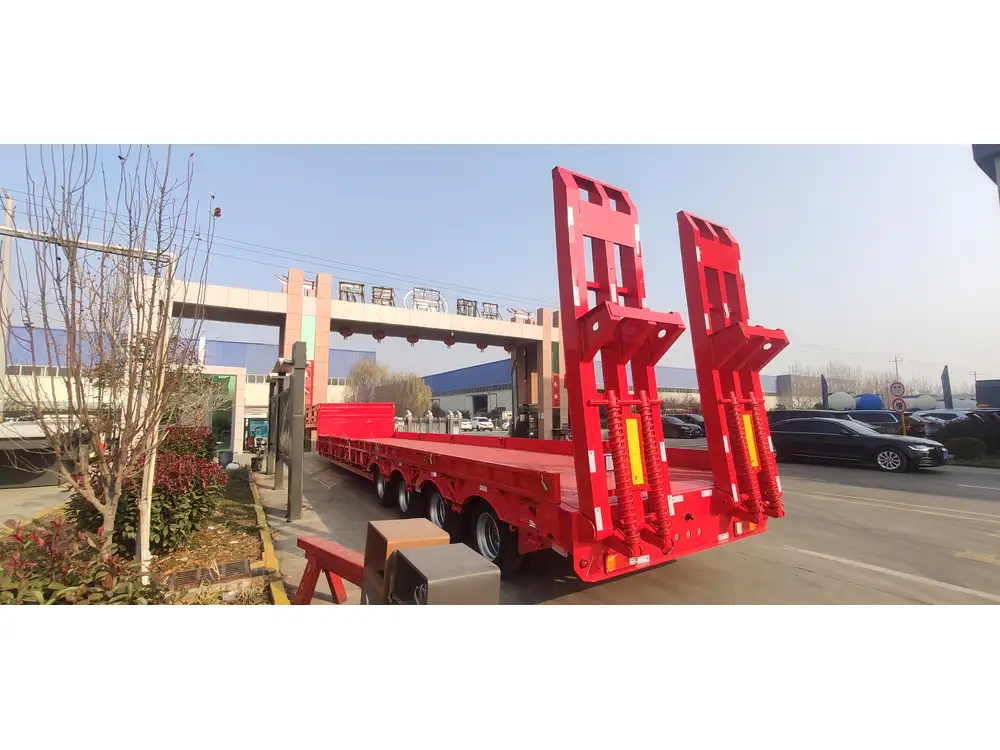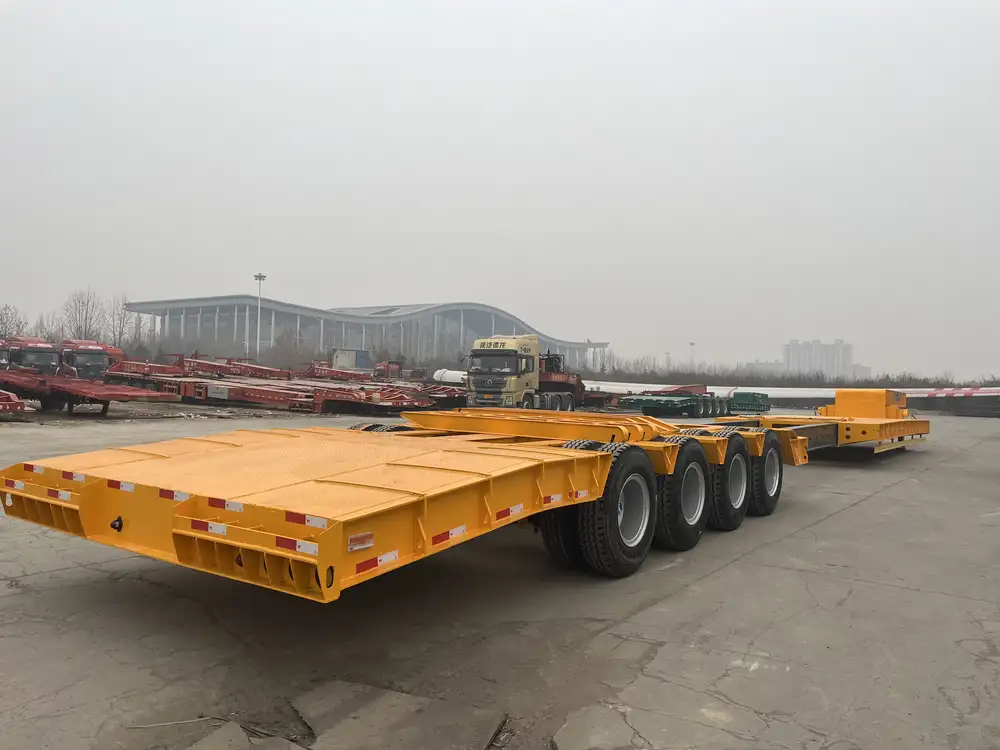When it comes to hauling materials, knowing the capacity of your trailer is vital. The 14-foot dump trailer is a popular choice among contractors, landscapers, and DIY enthusiasts due to its versatility and size. This article dissects the dimensions, usage, and material capacity of a 14-foot dump trailer, specifically focusing on how many cubic yards it can accommodate.
The Basics of Dump Trailer Capacity
Dimensions of a 14-Foot Dump Trailer
Before we delve into cubic yard measurements, it’s essential to establish the specifications of a typical 14-foot dump trailer:
- Length: 14 feet
- Width: 7 feet (average)
- Height: 2 to 3 feet (sides)
- Total Volume: Varies based on height and trailer design
The dimensions play a critical role in determining capacity. It’s not just the length that counts; the width and height significantly affect the overall volume.

Calculating Volume and Capacity
A standard formula to calculate the volume in cubic feet is: [ \text{Volume} = \text{Length} \times \text{Width} \times \text{Height} ]
Let’s take an example with average specifications:
- Length: 14 feet
- Width: 7 feet
- Height: 2.5 feet (average of 2 to 3 feet)
Using the formula: [ Volume = 14 \, \text{ft} \times 7 \, \text{ft} \times 2.5 \, \text{ft} = 245 \, \text{cubic feet} ]
Converting Cubic Feet to Cubic Yards
Since most materials are measured in cubic yards for transport and disposal purposes, conversion is necessary. There are 27 cubic feet in a cubic yard. To convert cubic feet to cubic yards, we divide the cubic feet by 27:
[ Cubic Yards = \frac{Volume \, (\text{cubic feet})}{27} ] [ Cubic Yards = \frac{245}{27} \approx 9.07 \, \text{cubic yards} ]Therefore, a typical 14-foot dump trailer can hold approximately 9 cubic yards of material.
Practical Applications and Usage of a 14-Foot Dump Trailer

Construction and Renovation
For construction projects, a 14-foot dump trailer is ideal for transporting materials such as:
- Soil: Excavation debris, topsoil, or fill
- Gravel: Necessary for foundations and driveways
- Wood Debris: Old beams, planks, and demolition waste
Landscaping Tasks
Landscapers find dump trailers indispensable for:
- Mulch: Efficiently moving large quantities
- Plants and Turf: Transporting sod and larger plants
- Rock and Stone: Necessary for decorative pathways and water features
Residential and Commercial Use
Homeowners and businesses alike benefit from the capability of a 14-foot dump trailer for:
- Cleanouts: Clearing out attics, basements, or garages
- Firewood: Transporting firewood for winter
- Seasonal Leaves and Debris: Handling yard waste in fall

Considerations When Using a 14-Foot Dump Trailer
Weight Limitations
While cubic yard measurement is essential, understanding the weight of the material you plan to haul is equally critical. The payload capacity varies widely depending on the trailer’s construction and the vehicle towing it. Ensure to check:
- Manufacturer Specifications: Each trailer may have a different weight limit.
- Local Regulations: Weight limits on local roads and highways.
Material Weight Estimation
Different materials have different weights. For example:
- Soil: Approximately 1.2 to 1.5 tons per cubic yard
- Mulch: Around 0.5 to 1 ton per cubic yard
- Gravel: About 1.5 to 2 tons per cubic yard
For a 14-foot dump trailer (9 cubic yards), the total weight can thus range:
- Soil: 10.8 to 13.5 tons
- Mulch: 4.5 to 9 tons
- Gravel: 13.5 to 18 tons
Always consider the specific weight of the material being transported to avoid overloading the trailer.

Enhancing the Efficiency of Your 14-Foot Dump Trailer
Maintenance Tips
A well-maintained trailer enhances efficiency and operational longevity. Regular maintenance checks should include:
- Tires: Ensure appropriate inflation and check tread depth.
- Brakes: Regular inspection is crucial for safety.
- Hydraulic Systems: Check for leaks and ensure proper operation.
Loading Techniques
Efficient loading can impact the amount of material transported as well as the handling characteristics of the trailer. Consider the following:
- Distribute Weight Evenly: Place heavier materials low and distributed across the trailer.
- Do Not Overfill: Leave some room at the top to prevent spillage during transport.
- Load Strategically: Pack materials tightly to maximize space.

Towing Recommendations
Properly connecting your trailer and understanding your vehicle’s towing capacity is vital. Key considerations include:
- Hitch Compatibility: Ensure the hitch matches the load rating.
- Brake Control Systems: Install electronic brake controllers for larger loads.
- Towing Speed Limit: Adhere to the speed limit to ensure safety and prevent swaying.
Conclusion: Weighing the Benefits of a 14-Foot Dump Trailer
In summary, knowing how many cubic yards a 14-foot dump trailer holds is critical for effective material management in various projects. With a capacity of approximately 9 cubic yards, this trailer type is suitable for a wide range of tasks—from construction to landscaping and residential cleanouts. Understanding not just capacity, but also maintenance, loading techniques, and towing considerations ensures that you make the most of this invaluable tool.
Investing in a 14-foot dump trailer means you’re equipped to handle heavy-duty transport efficiently and safely, maximizing productivity whether you’re a contractor or a weekend warrior. By adhering to guidelines and considering weight limits alongside volume, you’ll advance your projects while maintaining safety and compliance.



